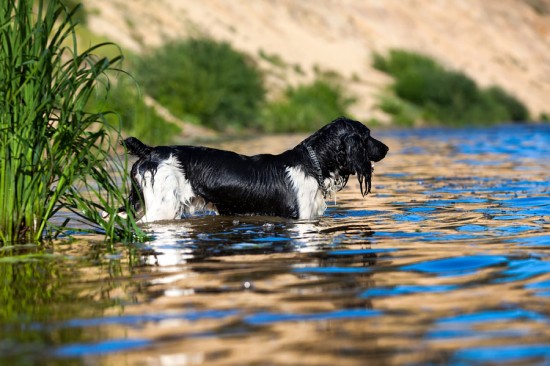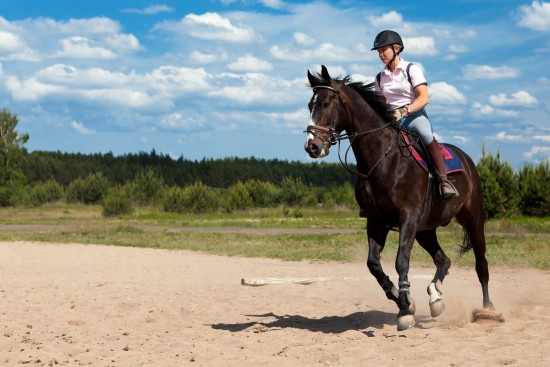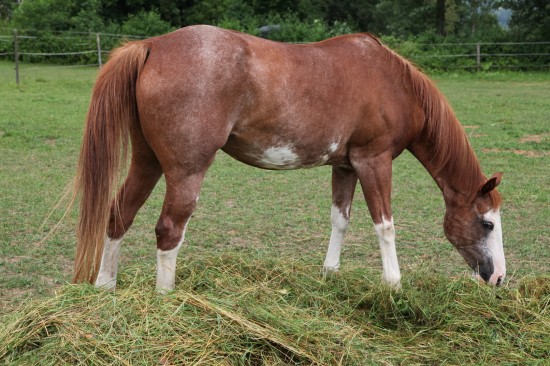

To many dog owners, ‘can your dog swim?’ seems like a fairly odd question. We are generally led to believe that all dogs can swim, as a general rule. While it’s true that upon hitting the water, all dogs will naturally begin to paddle and make the swimming motions that should propel them and keep them afloat, the fact of the matter is, not all dogs can, in reality, swim and keep their heads above water at the same time. Swimming is not viable for these dogs, due to the very real risk of drowning.
Confused? You’re probably not alone! Read on to learn more.
There are various reasons for some dogs not being able to swim, and all of them are breed or type specific; that is, to do with the anatomy and physiology of the dog in question rather than a literal inability to make paddling movements with their legs.
There are two main reasons for which certain types of dogs cannot swim, or are more likely to be unable to swim than other breeds, detailed below.
Brachycephalic dogs are dogs which have a very short muzzle, leading to the squashed up, flat facial expression of dogs such as pugs, boxers, and bulldogs. Brachycephalic dogs are unable to swim with ease or to stay afloat properly because in order to be able to keep their nose and mouth above the waterline, they must tilt their head upwards; which leads to their back end pointing downwards and them taking on an almost vertical position in the water, which causes them to sink. The flatter a dog’s muzzle is, the greater a problem they will have; some dogs of brachycephalic breeds which have comparatively longer muzzles may be able to successfully swim to some degree.
Breed standards and the perceived show-standard desirable traits of some breeds and types of dog dictate that the head of the dog should be proportionately large compared to the body. The most obvious example of this is in the bulldog, whose heads are so large that they must deliver their young via caesarean section. Several other breeds also have a particularly large head with a dense bone structure, and are similarly affected. Having a head which is large and heavy proportionately to the body, as well as having a dense and heavy muscle mass, means that when floating in the water the dog naturally tips forwards due to the weight of the head, meaning that they are unable to keep their heads above the water and lose buoyancy. As with the brachycephalic dogs mentioned above, there are always some exceptions; smaller, lighter dogs of a given breed whose head is proportionately more in balance with their body may manage swimming without too much difficulty, although with bulldogs this is highly unlikely.
As well as these two main reasons for a dog not being able to swim, there are other possible factors which might hinder a dog’s swimming ability too; dogs with particularly short legs, such as the Dachshund, find it hard to stay buoyant in the water, and dogs of any breed which have lost a limb due to an amputation or accident will be unable to stay balanced when floating.
While this list endeavours to be inclusive of the main breeds and types of dogs which almost without exception cannot swim, do not assume that just because a dog is not on the list, they will be able to manage! Every dog should be taken on a case by case basis and carefully supervised around water until they have proven their willingness and ability to swim!
If you know that your dog cannot swim or suspect that they may find it difficult or impossible, keeping your dog safe around water is of course vitally important. Make sure that your dog cannot gain access to any pond, stream or lake which is deeper than their chest level, either at home or out on walks.
If you will be visiting the seaside, going out on a boat either at sea or on the inland waterways, or are going to be around deep water with your dog, you can keep them safe by buying or hiring a special doggy lifejacket.
Stay safe!
 Five Common Mistakes To Avoid With Your New Puppy
Five Common Mista
Five Common Mistakes To Avoid With Your New Puppy
Five Common Mista
 What Microchipping A Pet Doesn’t Protect Against
What Microchippin
What Microchipping A Pet Doesn’t Protect Against
What Microchippin
 Returning To Horse Riding As An Adult
Returning To Hors
Returning To Horse Riding As An Adult
Returning To Hors
 Feeding The Senior Horse
Feeding The Senio
Feeding The Senior Horse
Feeding The Senio
 4 Reasons Your Pooch May Have Bad Breath
4 Reasons Your Pooch May Have Bad Breath
Bad b
4 Reasons Your Pooch May Have Bad Breath
4 Reasons Your Pooch May Have Bad Breath
Bad b
Copyright © 2005-2016 Pet Information All Rights Reserved
Contact us: www162date@outlook.com